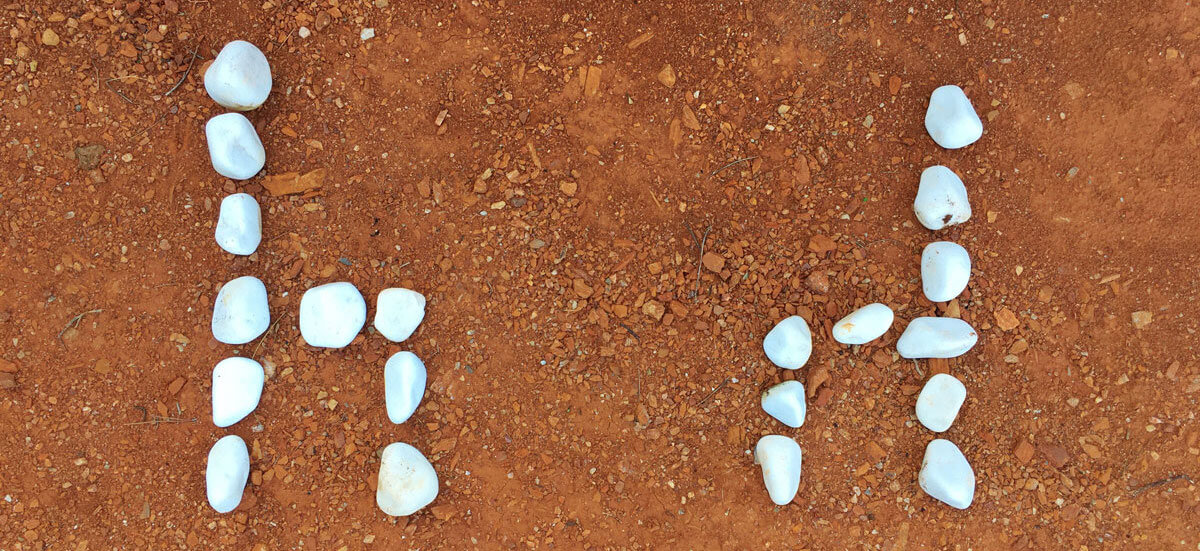
Gestalt psychotherapy
A brief exploration of Gestalt Therapy
What is Gestalt Psychotherapy
This little story depicts the journey of psychotherapy... and even more specifically of Gestalt Therapy.
I. I walk down the street. There is a deep hole in the sidewalk. I fall in. I am lost ... I am helpless. It isn't my fault. It takes me forever to find a way out.
II. I walk down the same street. There is a deep hole in the sidewalk. I pretend I don't see it. I fall in again. I can't believe I am in the same place. But it isn't my fault. It still takes a long time to get out.
III I walk down the same street. There is a deep hole in the sidewalk. I see it is there. I still fall in ... it's a habit. my eyes are open I know where I am. It is my fault. I get out immediately.
IV. I walk down the same street. There is a deep hole in the sidewalk. I walk around it.
V. I walk down another street.
Portia Nelson – There's A Hole in My Sidewalk

Initially Gestalt invites us to become aware of our self and our environment. In order to change something, firstly I need to acknowledge and face it. When I am disconnected from my senses and my body, when my feelings are blocked or are anachronistic, when my mind is caught up in the past resuscitating restricted narratives about myself and the world which then mark the future, then I am not in touch with the reality of the here and now, and thus I inescapably continue to fall again and again in the same (or similar) familiar relationships/situations.
How can I become aware and see more effectively what's going on? Gestalt offers us experimentation: constructing a similar artificial hole (!) in psychotherapy, namely in a safe place (safe emergency) with another person who has fallen many times in his own holes and now he's out, hence he knows the terrain and can understand and feel me. This special relationship and condition offers me the space to realise and experience fully (body, feelings, mind) how do I go looking for holes to fall into: how do I choose to keep my eyes shut, with what lies do I fool myself, what attracts me in each specific hole, what do I gain/avoid there.
After awareness follows the moment of owning up. If not me who? If now not when? Only in this way I can find my lost strength, step out of the position of the passive victim of life and regain the choice not only to avoid the old, but to dare to venture to new unknown journeys, which I only fantasied before, as I kept myself busy falling into holes...
Gestalt psychotherapy is one of the most fascinating and established therapeutic modalities. It has been influenced by expressionism and dadaism, psychoanalysis, Gestalt psychology, somatic psychotherapy, the philosophy of existentialism and phenomenology, psychodrama, zen buddhism and many others. A number of its concepts and techniques, i.e. the "here and now" or "the empty chair" have by now become indispensable tools for all therapists.
In addition to Gestalt's contribution in the field of psychotherapy, Gestalt is used in coaching, pedagogy and business consulting. Furthermore, it has influenced other psychotherapeutic approaches, such as Neurolinguistic Programming (NLP), Family Constellation (Helliger), Process Work, Redecision Therapy and others.
Fritz Perls, the main founder of Gestalt Therapy, used to say that his therapy was too good to restrict it to neurotics. Indeed Gestalt Therapy is also a way/philosophy of life aiming at our on-going personal growth. In Greece the philosophy of Gestalt has been become popular through the books of Jorge Bucay. Nevertheless, the best way to learn Gestalt is to experience it first, which is done in individual sessions, groups and seminars.
